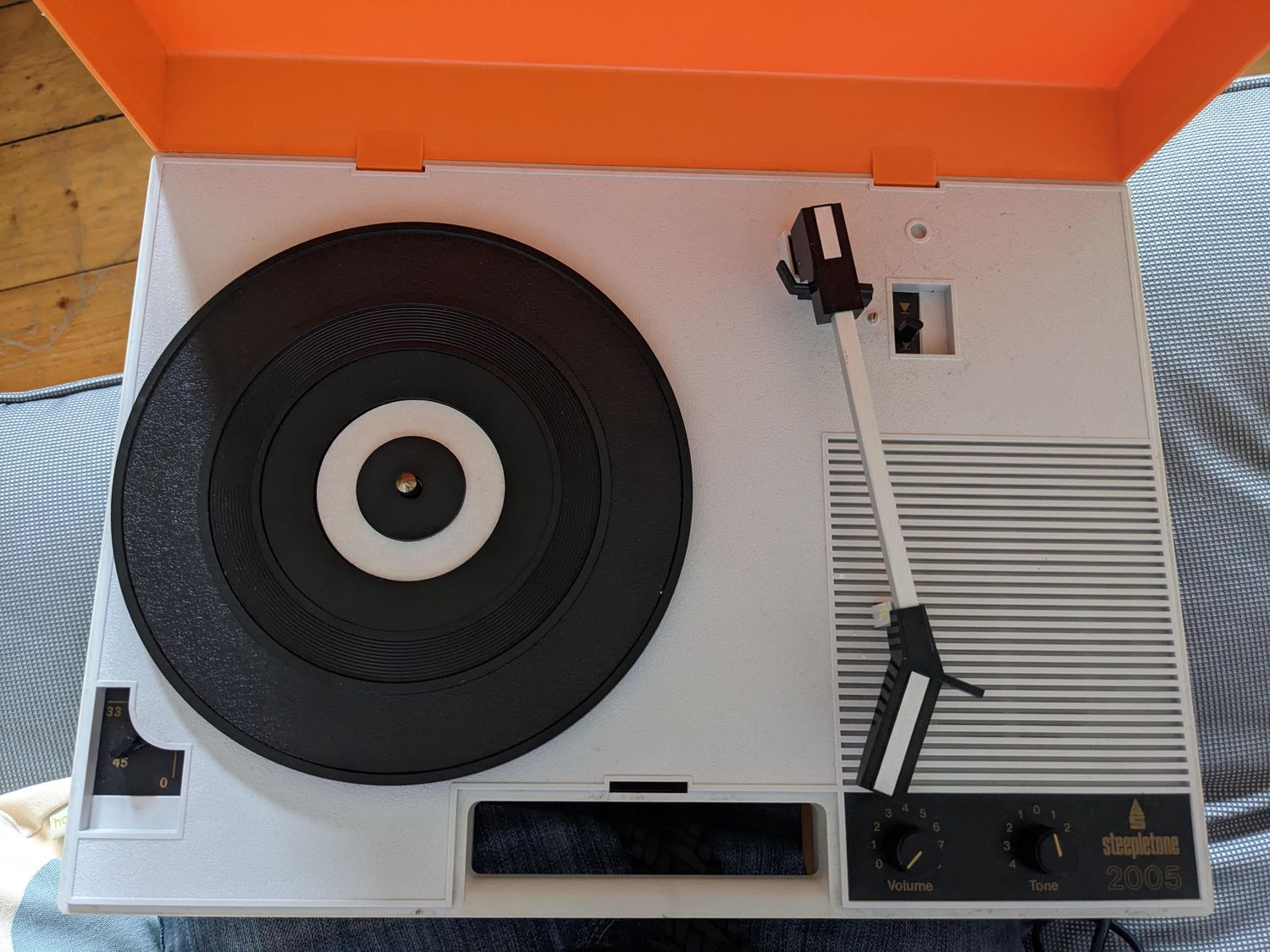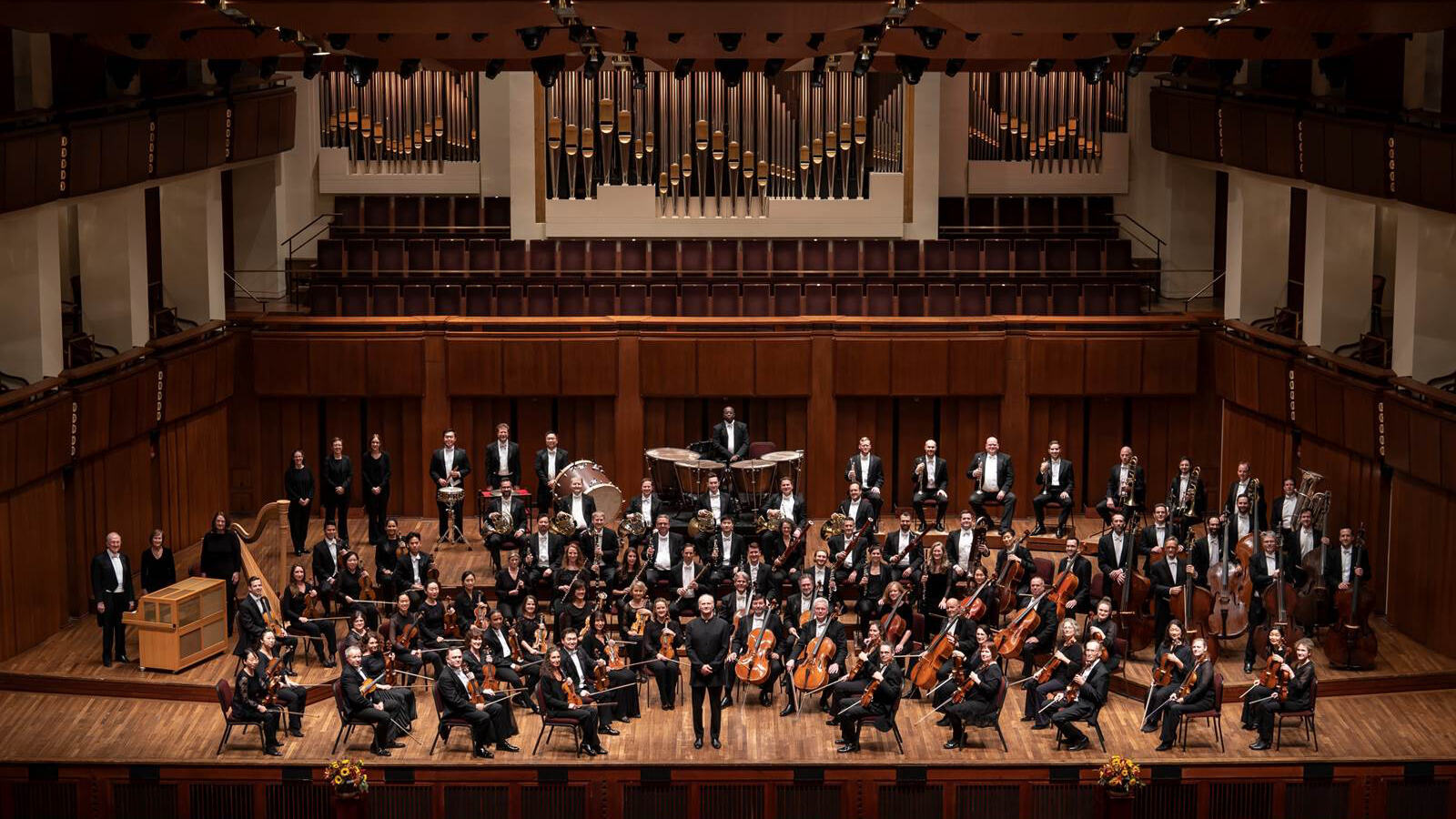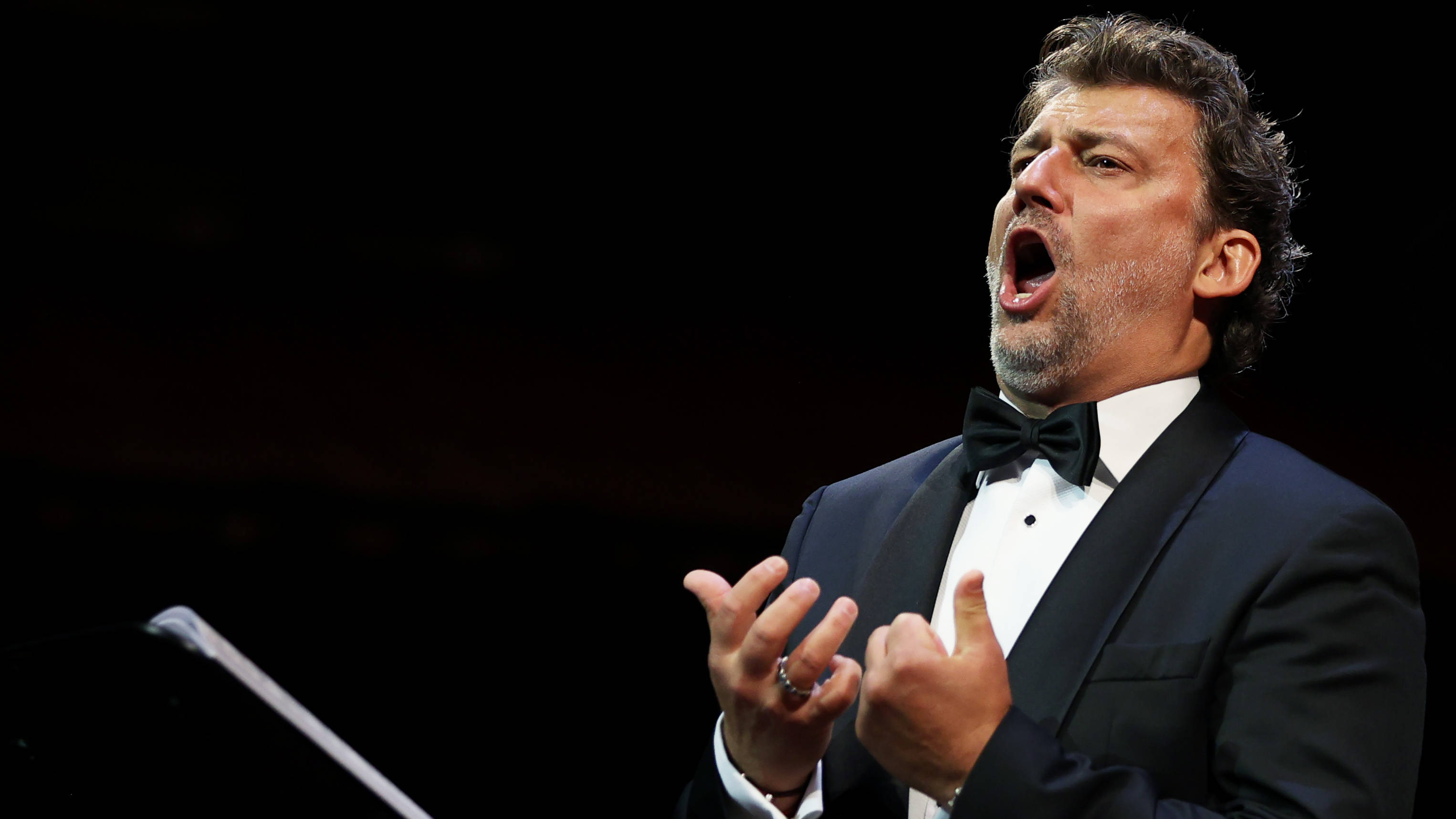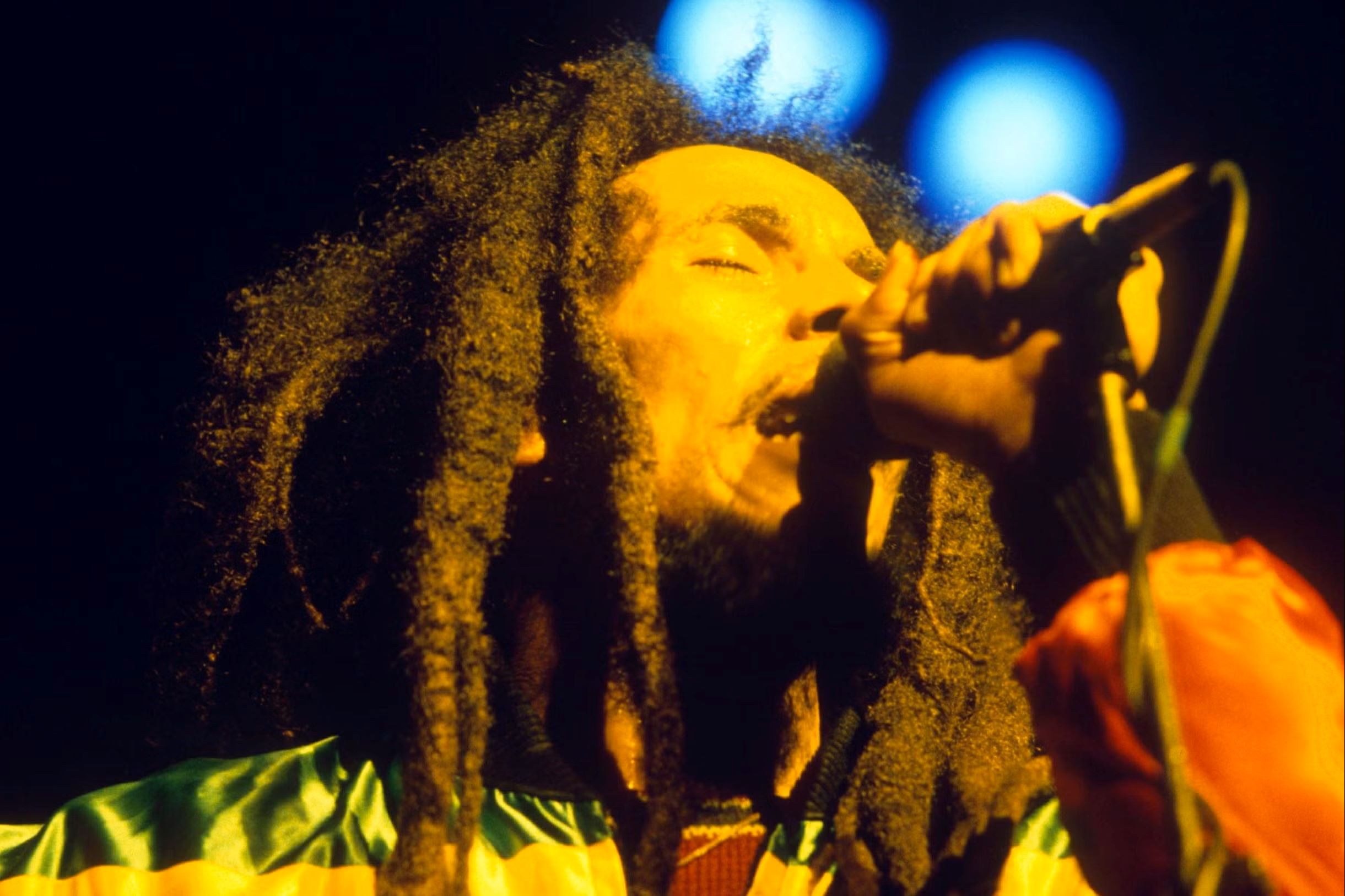

Reggae
What Is White Reggae Called
Modified: January 22, 2024
Discover the unique genre born from the fusion of reggae rhythms and white artists. Find out what white reggae is called and dive into its vibrant sound and culture.
(Many of the links in this article redirect to a specific reviewed product. Your purchase of these products through affiliate links helps to generate commission for AudioLover.com, at no extra cost. Learn more)
Table of Contents
Introduction
Reggae music, with its soulful rhythms and socially conscious lyrics, originated in Jamaica and quickly gained international popularity in the late 1960s. Over the years, reggae has evolved and diversified, giving rise to various subgenres and fusions. One such subgenre that has garnered attention is white reggae.
White reggae refers to reggae music created and performed by artists who are not of Jamaican descent. While it has faced criticisms and controversies, it has also brought a fresh perspective to the genre, infusing it with new sounds and influences.
White reggae emerged during the 1970s and began gaining traction in the 1980s and 1990s. Artists from different parts of the world, particularly from the United Kingdom and the United States, started incorporating elements of reggae into their music. This fusion resulted in a unique blend that appealed to a wider audience and helped spread reggae’s message of love, unity, and social justice.
White reggae can be seen as a celebration of the global reach and impact of reggae music. It showcases the genre’s ability to transcend cultural boundaries and connect people from diverse backgrounds. While some purists argue that reggae should remain true to its Jamaican roots, white reggae has found its place in the music industry and continues to evolve as a distinct subgenre.
Throughout this article, we will delve into the history of white reggae, explore its influences, characteristics, and highlight popular white reggae artists. We will also address the criticisms and controversies surrounding it, and ponder the future of this unique subgenre.
History of White Reggae
The history of white reggae can be traced back to the 1970s when reggae music was gaining international recognition. As reggae’s popularity spread, artists from different backgrounds were drawn to its infectious rhythms and uplifting messages. Inspired by the Jamaican sound, these non-Jamaican artists began experimenting with reggae elements in their music, leading to the emergence of white reggae.
One of the earliest examples of white reggae can be found in the United Kingdom’s punk and new wave scene of the late 1970s. Bands like The Clash and The Police incorporated reggae influences into their music, creating a fusion that was both energetic and socially aware. These pioneers of white reggae introduced reggae to a broader audience, helping to popularize the genre outside of Jamaica.
In the 1980s, white reggae began to thrive as a distinct subgenre. One notable artist who contributed to its growth was UB40, a British band known for their unique blend of reggae and pop music. UB40’s cover versions of reggae classics, such as “Red Red Wine” and “Kingston Town,” achieved tremendous commercial success, further solidifying white reggae’s place in the mainstream music scene.
During the same period, American artists also embraced reggae influences in their music. Bands like Sublime and 311 incorporated elements of reggae, ska, and punk into their sound, creating a subgenre known as “California reggae.” This fusion of styles resonated with audiences, and these bands gained a dedicated following.
As white reggae continued to evolve, artists from various countries and backgrounds joined the movement. Australia’s The John Butler Trio, New Zealand’s Fat Freddy’s Drop, and Germany’s Gentleman are just a few examples of artists who have made significant contributions to the white reggae scene.
Today, white reggae continues to expand its boundaries, with artists incorporating influences from hip-hop, electronic music, and other genres. This fusion of styles keeps the subgenre fresh and exciting, attracting new listeners and allowing white reggae to remain relevant in the ever-changing music landscape.
Influences on White Reggae
White reggae, like any genre of music, has been influenced by various factors and musical traditions. While reggae originating from Jamaica serves as the foundation, white reggae artists have incorporated their own unique influences, resulting in a diverse and dynamic subgenre.
One of the significant influences on white reggae is the punk and new wave movement of the late 1970s and early 1980s. Bands like The Clash and The Police, known for their rebellious spirit and experimental approach, embraced reggae’s rhythms and incorporated them into their music. This fusion brought a fresh energy and edge to the reggae sound, attracting a new audience in the process.
Another influential genre on white reggae is pop music. Artists such as UB40 and Inner Circle seamlessly blended reggae with catchy pop melodies, making it more accessible to mainstream listeners. These pop-infused reggae tracks became chart-toppers and helped to popularize white reggae globally.
White reggae has also been influenced by the ska and rocksteady genres that preceded reggae in Jamaica. These genres, characterized by upbeat rhythms and horn sections, provided the blueprint for many white reggae artists. Bands like No Doubt and The Mighty Mighty Bosstones infused elements of ska into their music, creating a vibrant and energetic sound that appealed to a wide audience.
Furthermore, hip-hop and rap music have played a significant role in shaping white reggae. Artists like Sublime and Chali 2na skillfully integrated rap verses and hip-hop beats into their reggae sound, creating a unique blend of genres. This fusion, often referred to as “ragga-rap,” added a modern twist to white reggae and resonated with fans of both reggae and hip-hop.
White reggae has also been influenced by electronic and dance music. Artists like Major Lazer and Matisyahu have incorporated electronic elements into their reggae compositions, resulting in a fusion of genres that appeals to electronic music enthusiasts.
Overall, white reggae draws inspiration from a wide range of genres and musical traditions. By blending these influences with the classic reggae sound, white reggae artists have been able to create a unique and evolving subgenre that continues to captivate audiences around the world.
Characteristics of White Reggae
White reggae, as a subgenre, has developed its own distinct characteristics while staying rooted in the Jamaican reggae tradition. While each artist brings their unique style and interpretation, there are some common characteristics that define white reggae music.
One of the defining features of white reggae is its fusion of different musical genres. White reggae artists often incorporate elements from punk, pop, ska, hip-hop, and electronic music into their sound. This blending of styles creates a dynamic and eclectic mix that sets white reggae apart from traditional reggae.
Another characteristic of white reggae is its emphasis on catchy melodies and hooks. Compared to the more laid-back and introspective nature of some Jamaican reggae, white reggae tends to be more upbeat and accessible to mainstream listeners. Artists like UB40 and Sublime gained significant popularity by creating infectious melodies that resonate with a wide audience.
Lyrically, white reggae covers a diverse range of topics. While many songs still address social and political issues, white reggae also delves into themes of love, relationships, and personal introspection. The lyrics often reflect the artist’s own experiences and worldviews, adding a personal touch to the music.
White reggae also showcases a range of vocal styles. Artists may incorporate smooth and soulful melodies, energetic raps, or distinctive vocal deliveries. This diversity in vocal expression adds depth and variety to white reggae’s sonic palette.
As with traditional reggae, white reggae maintains a strong focus on rhythm. The use of reggae’s signature offbeat rhythms, accented by strong basslines and syncopated guitar riffs, remains a key element in the genre. However, white reggae artists often experiment with different musical arrangements and production techniques, allowing for a more eclectic and modern sound.
Collaborations and featuring artists are another characteristic of white reggae. Artists from different genres often come together to create unique collaborations, expanding the boundaries of white reggae and infusing it with new flavors. These collaborations bring a sense of unity and creativity to the genre, creating exciting musical exchanges.
Overall, white reggae embodies a fusion of genres, catchy melodies, diverse lyrical themes, and a focus on rhythm. It showcases the adaptability and versatility of reggae music while bringing a contemporary twist that appeals to a broad audience.
Popular White Reggae Artists
The rise of white reggae as a subgenre has brought forth a diverse range of talented artists who have made significant contributions to the genre’s growth and popularity. These artists have successfully blended reggae with various musical elements, creating their unique sound within the white reggae movement.
One of the most prominent white reggae bands is UB40. Hailing from the United Kingdom, UB40 has achieved tremendous success with their reggae-pop fusion. Their cover versions of reggae classics, such as “Red Red Wine” and “Kingston Town,” became chart-toppers and helped introduce reggae to a massive global audience.
Another influential white reggae artist is Matisyahu. Known for his unique blend of reggae, hip-hop, and Jewish religious themes, Matisyahu’s music has garnered attention and critical acclaim. With tracks like “King Without a Crown” and “One Day,” he has captivated audiences with his soulful melodies and thought-provoking lyrics.
The band Sublime, led by frontman Bradley Nowell, created a fusion of reggae, punk, and ska that became synonymous with the California reggae sound. Their album “Sublime” achieved commercial success and their hits like “What I Got” and “Santeria” continue to be beloved reggae-infused anthems.
English reggae artist Maxi Priest is another notable name in the white reggae scene. With his soulful and smooth vocals, Maxi Priest has produced numerous hits, including “Close to You” and “Wild World.” He has consistently brought a contemporary edge to reggae music, incorporating elements of R&B and pop into his sound.
New Zealand’s Fat Freddy’s Drop has gained international acclaim for their unique blend of reggae, dub, soul, and electronica. Their intricate musical compositions and mesmerizing live performances have made them a standout in the white reggae scene, with tracks like “Wandering Eye” and “Blackbird” resonating with fans worldwide.
Other notable white reggae artists include The Police, who infused reggae into their new wave sound, creating chart-topping hits like “Roxanne” and “Walking on the Moon.” Australian band The John Butler Trio blends roots-reggae with folk and rock, delivering soulful and socially conscious music.
The diversity and range of white reggae artists continue to expand, with emerging talents like Iration, Stick Figure, and Rebelution making waves in the genre. These artists bring their unique perspectives and styles, keeping the white reggae scene vibrant and evolving.
Overall, the contributions of these popular white reggae artists have helped shape the subgenre, bringing their own distinct flavors to the reggae sound and expanding its global appeal.
Criticisms and Controversies Surrounding White Reggae
While white reggae has gained popularity and has its dedicated fan base, it has not been without its share of criticisms and controversies. Some of the main points of contention surrounding white reggae include issues of cultural appropriation, authenticity, and the dilution of the genre’s original message.
One of the primary criticisms of white reggae is the accusation of cultural appropriation. Some argue that white artists who adopt reggae elements may be capitalizing on a genre rooted in the experiences and struggles of black Jamaicans. They believe that white artists may not fully understand or acknowledge the cultural and historical significance of reggae, leading to a surface-level and commercialized interpretation of the music.
Another concern raised is the authenticity of white reggae. Critics argue that white artists may not be able to fully capture the raw and genuine emotions that Jamaican reggae artists bring to their music. The cultural and historical context of reggae music, rooted in the Jamaican experience, is seen by some as a crucial component that white reggae artists may struggle to replicate genuinely.
Additionally, there are concerns about the dilution of reggae’s original message of social and political activism. Some argue that white reggae artists may prioritize commercial success and popularity over addressing the systemic issues and struggles faced by marginalized communities. Critics claim that white reggae may water down the genre’s powerful messaging and activism, leading to a more mainstream and less impactful version of reggae.
However, it is important to note that not all white reggae artists fall into these criticisms. Many white reggae artists approach the genre with respect and a genuine passion for the music. They strive to honor the roots of reggae while adding their unique influences and interpretations.
It is worth acknowledging that reggae music has always been influenced and embraced by artists from different backgrounds. While some criticisms of white reggae may be valid, it is also important to recognize the ability of music to transcend cultural boundaries and connect people from diverse backgrounds.
Ultimately, the criticisms and controversies surrounding white reggae highlight the importance of cultural understanding, respect, and authenticity within the genre. It is essential for white reggae artists to approach the music with awareness of its roots, engage with the community, and amplify the original messages of love, unity, and social justice that reggae is known for.
Future of White Reggae
The future of white reggae is an interesting and dynamic one, as the genre continues to evolve and attract new listeners. While some critics question the authenticity and cultural appropriation associated with white reggae, it remains a significant part of the global reggae landscape and has the potential to bring diverse audiences together.
One possible direction for the future of white reggae is its continued fusion with other genres. White reggae’s ability to blend elements of punk, pop, ska, hip-hop, and electronic music has contributed to its appeal and accessibility. This fusion has allowed white reggae to reach a broader audience beyond traditional reggae enthusiasts.
Furthermore, the rise of collaborations between white reggae artists and Jamaican reggae artists presents an exciting prospect for the future. These collaborations can foster cultural exchange and understanding, bridging the gap between different musical traditions. By bringing together artists from various backgrounds, white reggae has the potential to create new and exciting fusions that push the boundaries of the genre.
The future of white reggae also lies in the hands of emerging artists who are pushing the boundaries of the genre. As new talents emerge, they bring fresh perspectives and blend reggae with contemporary influences, keeping the genre relevant and evolving. These up-and-coming artists have the opportunity to challenge criticisms and misconceptions surrounding white reggae by bringing their unique voices and cultural experiences to the music.
Additionally, the future of white reggae relies on the responsibility of artists to honor and respect the roots of reggae. It is vital for white reggae artists to engage with Jamaican reggae pioneers, learn from their experiences, and contribute positively to the broader reggae community. By immersing themselves in the rich history and culture of reggae, white reggae artists can demonstrate a genuine commitment to the genre’s authenticity and continue to shape its future direction.
As white reggae continues to evolve, it must also address the criticisms surrounding cultural appropriation. By actively engaging in dialogue, promoting inclusivity, and collaborating with Jamaican artists, the genre can navigate these sensitive issues and create a more respectful and culturally conscious space.
Ultimately, the future of white reggae relies on a delicate balance between honoring reggae’s Jamaican roots, embracing diverse influences, and inspiring positive change. By staying true to the core messages of love, unity, and social justice, white reggae has the potential to both entertain and educate, contributing to the continued growth and impact of the global reggae music scene.
Conclusion
White reggae, as a subgenre of reggae music, has both sparked enthusiasm and raised controversies within the music industry. It has evolved to become a unique fusion of reggae with various other genres, appealing to a diverse audience around the world.
Throughout its history, white reggae has faced criticisms of cultural appropriation, authenticity, and dilution of reggae’s original message. These concerns highlight the importance of approaching the genre with cultural understanding, respect, and a commitment to preserving the roots and essence of reggae music.
Despite the controversies, white reggae has undeniably made a significant impact on the global music scene. The fusion of reggae with punk, pop, ska, hip-hop, and electronic music has attracted new listeners and brought a fresh perspective to the genre. White reggae artists have produced catchy melodies, explored diverse lyrical themes, and infused the music with their unique vocal styles.
Looking towards the future, it is crucial for white reggae to embrace collaboration and cultural exchange. By working with Jamaican reggae artists and diverse musicians from different backgrounds, white reggae can continue to bridge gaps, foster understanding, and create exciting new musical fusions.
The future success of white reggae also rests on the shoulders of emerging artists who bring fresh perspectives to the genre. It is their responsibility to respect the roots of reggae, engage with the community, and use their platform to address social and political issues.
In conclusion, white reggae, with its fusion of genres and diverse influences, has become an integral part of the reggae music landscape. While criticisms and controversies exist, the subgenre continues to evolve, attracting new listeners, and pushing the boundaries of what reggae can achieve. By staying true to the core messages of love, unity, and social justice, white reggae can expand its horizons, contribute to positive change, and further solidify its place in the ever-evolving world of music.











